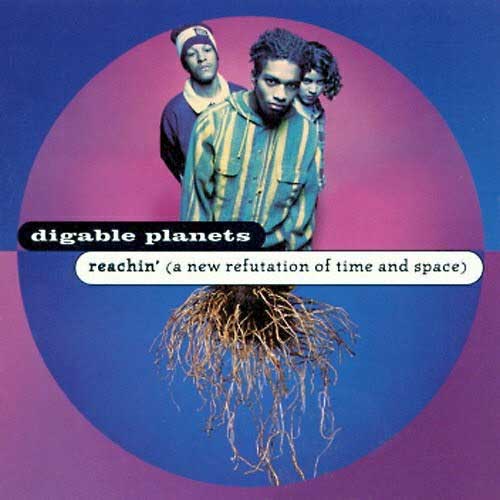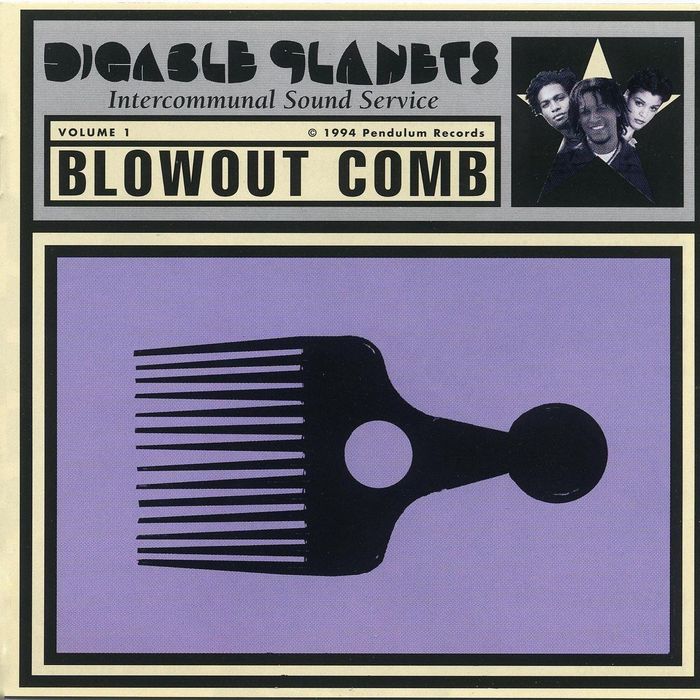You are using an out of date browser. It may not display this or other websites correctly.
You should upgrade or use an alternative browser.
You should upgrade or use an alternative browser.
Best Album Covers in Hip Hop
- Thread starter ineedsleep212
- Start date
More options
Who Replied?All of these





I haven't listened to By All Means Necessary
 but all of the others perfectly encapsulate what the albums content or sounds like.
but all of the others perfectly encapsulate what the albums content or sounds like.inspired by
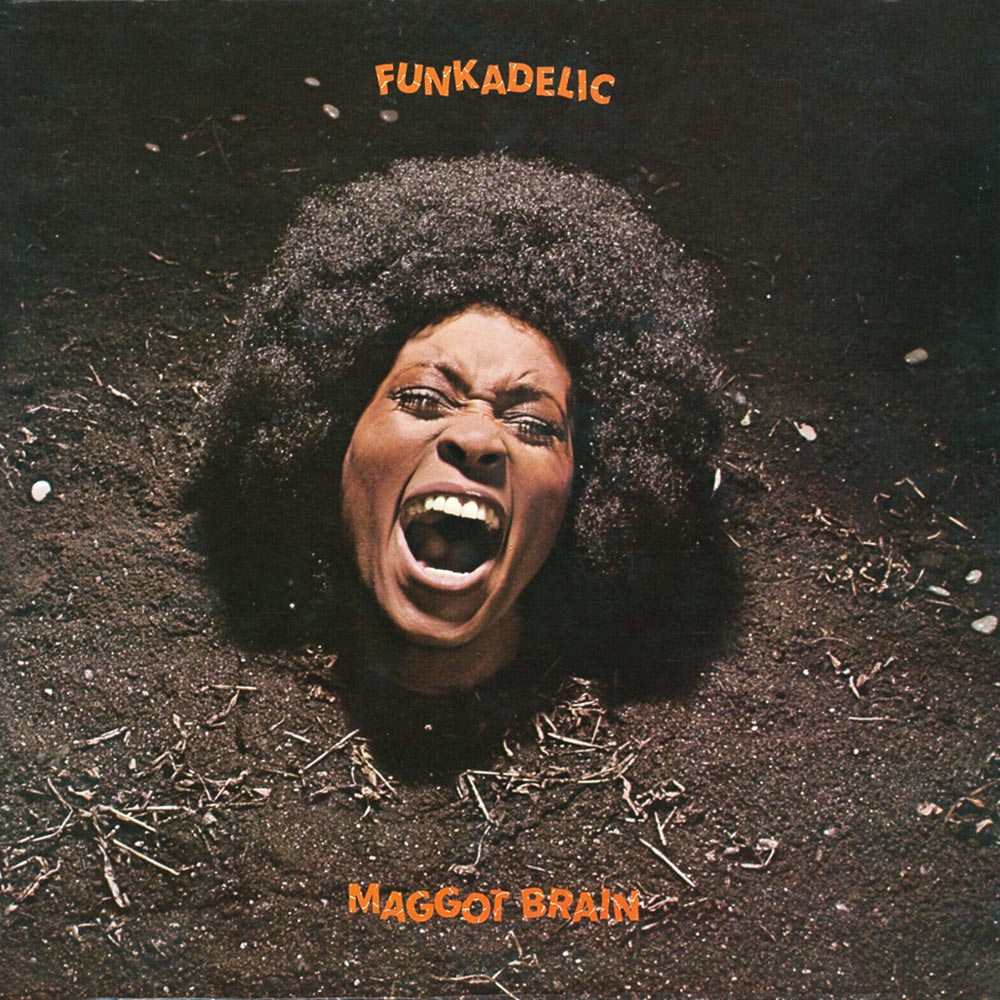
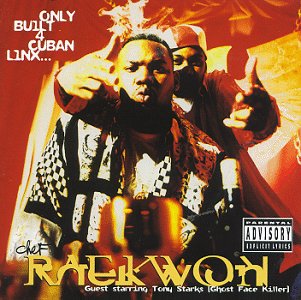
Add More.
So he tells you the title of the album, and...
Daniel Hastings: I’m not a jewelry type of guy, so when it comes to chains and stuff like that I don’t really know much about it. So I asked him like, "What’s the deal with the Cuban links stuff?" He wanted to call [the album] Only Built 4 Cuban Linx nikkaz. And I was like, “Well, what does that mean?” And he was like, “It’s the hardest chain to break. And that’s what we are. That’s the Wu-Tang. That’s my family.” From there, we started talkin’ about concepts. And I think we kinda threw some concepts around about the Last Supper. Dressing a studio with all the members [of Wu-Tang].
Where'd that specific idea come from?
Daniel Hastings: I can't remember whose idea it was. I mean, I will listen to records and I will come up with ideas. [Rap] photography at that point… I don’t think anybody was listening to the music and really trying to give a representation of what the music would look like [visually]. When I listened to OB4L, to me it was aggressive, you know? There definitely was the bond [between Rae and Ghost] that he was talkin’ about. [Rae] was talkin’ about “the both of us together” [him and Ghost]. I don’t think there was nothin’ pretty about [the album]. It was right in your face, just like “Bam! This is who we are.” And the concept came up about the Last Supper. I can’t even say it was my idea or their idea, I can’t even remember how it came up. But I know that there’s always a brainstorming meet and greet that I do with the artists. I remember Raekwon being there. I remember Ghost being there. I remember the folks at Loud Records, [label owner Steve] Rifkind were also sort of involved in this [album] because this one now was the follow up to [36 Chambers]. So once the concept was approved then I went to work with an artist to pick out colors. I wanted to sort of like give that feel of the 36 Chambers [cover] but a little bit more urban. So that’s what everybody sort of agreed to and that’s what we did.
Where was it shot?
Daniel Hastings: It was called Dakota Studios on 14th St. and 5th Ave. Well, we shot in a few locations but the main [shoot was there]. And then we did some stuff in the streets and then we did some stuff in an apartment, baking the “goods” or whatever in the kitchen. And we shot [the cover] in a studio. Basically, I gave the job commission to Cartel, my company at that time. Cartel was a group of designers and artists who worked [together], pretty much the same thing I still do. I hired a few artists to come in and help me out with like the set design. We set the table, we set the food and stuff. The jewels and all kinds of stuff. And then the curtains. And we did the Wu-Tang logo. And then [the whole Wu-Tang Clan] came up. But the only person that we were waiting for was ODB. ODB was not coming. And [finally] ODB shows up late, like 4 or 5 hours late and starts cursing everybody out. He’s like, “fukk y’all. fukk that! fukk this! All y’all muthafukkas ain’t the Wu! I’m the Wu!” He was upset because nobody showed up to the “Brooklyn Zoo” video that he did. So he came and he was just fukkin’ drunk, man. He was just cursin’ everybody out. He grabbed a bottle of red wine and smashed it on the white cyc (which is the seamless background in a photo studio). He cursed all of us out.
Although the shoot was based on the Last Supper concept with the whole Clan, it's only Rae and Ghost on the actual cover. Was that decided from the outset or did it just happen?
Daniel Hastings: That was a decision prior to the shoot that [the label] requested. Because I think they had a sort of [idea] that Ghost was the next rapper coming after Rae so they were sort of like using the momentum to propel the work in a good positive way. I mean there were a lot of cliques that were doing that though. The ones that survived. There was the Hit Squad. There was a lot of different crews that was puttin’ each other [on]. And I think by Rae putting [Ghost] on the cover that was definitely an instance of "each one pull one," ya know?
While you were shooting did you know that was going to be THE cover shot?
Daniel Hastings: [smiles] I’m gonna answer this question this way. Unlike a lot of photography today you couldn’t tell that was the shot because you couldn’t see the shot until you developed the film. [laughs] But I would do Polaroids and test the light and see that it was really cool lighting. And I think I’m the type of person that when you see me shooting I’m talking to the subject and I’m trying to get movement. There is always movement in my photos. So you know, [Rae] was puffin’ [on a blunt] and everything is happenin’ and there’s smoke goin’ around and obviously you can't have somebody [smoking] on the cover. You can’t use that, you know? But there was that moment when he just puffed and then he put his hands down and the smoke that came out of his mouth just like went past his hair and it was just magical. That’s just how the shyt came out. There’s no Photoshop or anything like that in there.
And Ghostface's whole approach to the whole thing was like he never wanted you to see his face. He was always covering his face. And it all kind of came out perfect that he fell into the shot like that while [Rae] was [blowing smoke] into the camera. And boom, there you go.


Peep the article in full if interested.
UNCOVERED: The Making of Raekwon The Chef's Only Built 4 Cuban Linx... Album Cover (1995) with photographer Daniel Hastings. | egotripland.com
U seriously didnt know that?
Gonna be honest, nah even though I should have lol.U seriously didnt know that?
MrWestGrand
The Negotiator

&

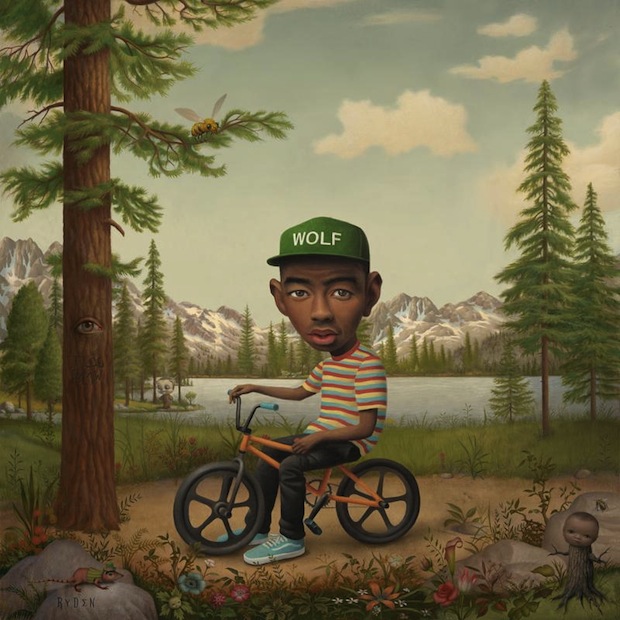
He should've rolled with this cover as the main one. I mean I can appreciate the goofy one but this >>>>>>>>>>
mbewane
Knicks: 93 til infinity
This and...
are prob my fave all time. Got the Liquid Swords vinyl just for the cover tbh

Peep the article in full if interested.
UNCOVERED: The Making of Raekwon The Chef's Only Built 4 Cuban Linx... Album Cover (1995) with photographer Daniel Hastings. | egotripland.com
Really interesting but he says the whole Wu is there, but Meth actually isn't...or am I missing something?
He said all of them were there and that ODB came late. I'm assuming Meth was there even though he wasn't in the picThis and...
are prob my fave all time. Got the Liquid Swords vinyl just for the cover tbh
Really interesting but he says the whole Wu is there, but Meth actually isn't...or am I missing something?
 .
.Bruce LeRoy
All Star
DaveyDave
Superstar
 i never knew it opened up like this. one of the albums i've never owned on cd, always either dubbed a tape or just downloaded it
i never knew it opened up like this. one of the albums i've never owned on cd, always either dubbed a tape or just downloaded it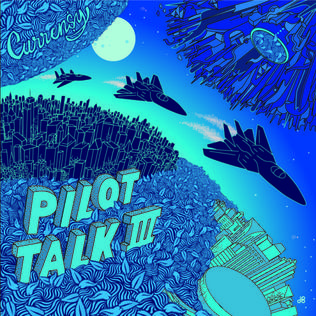










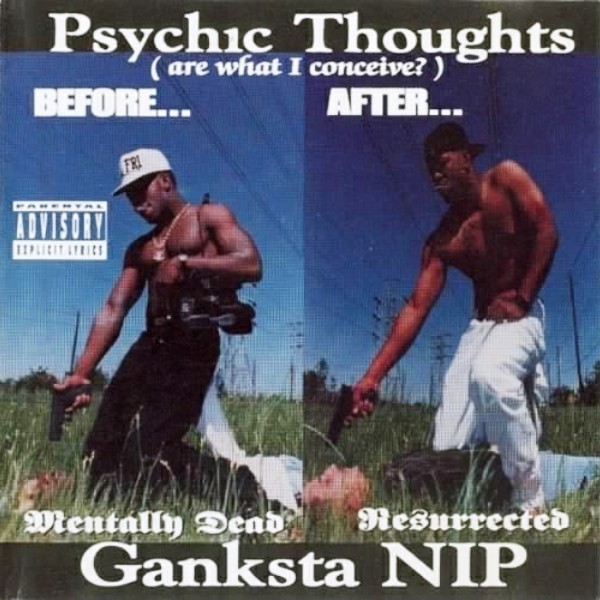
.jpg)
